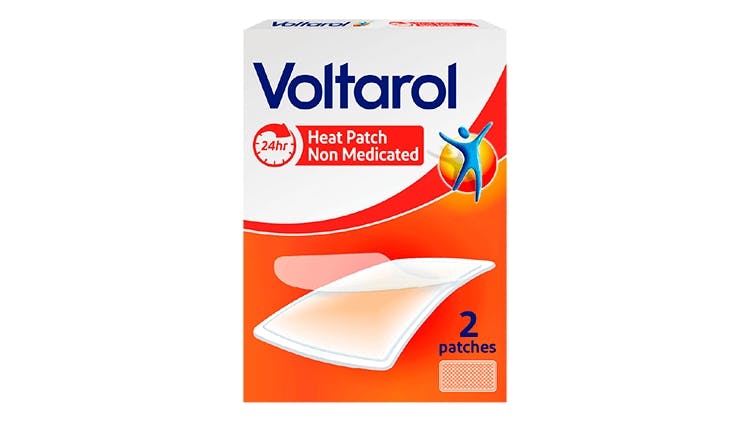Back pain: Signs and symptoms

Recognising back and neck pain
Back pain can be treated symptomatically but it is important to first rule out any underlying conditions that require attention from a physician.
- Upper and middle back pain may present as aching, stiffness or sharp/burning sensations in that area1
- Symptoms of lower back pain typically include tension/stiffness or soreness in that area1
Understanding back pain
Overview of sprains and strains
Find out about how prevalent sprains and strains are, and meet two patients with these problems.
Learn more

Voltarol Back & Muscle Pain Relief 1.16% Gel Diclofenac Diethylammonium for back pain
Scientifically proven to help relieve pain, reduce inflammation and restore movement.

Voltarol Heat Patch – for non-medicated relief of back pain
Deep-penetrating and long-lasting relief using continuous low-level heat therapy.4–8* Pain relief is still provided up to 24 hours after the patch is removed.**
*40°C for 8 hours per day for at least 2 days.
**up to 24 hours of pain relief in lower back pain from second day of treatment
Patient care resources
Access a leaflet for your patients that explains how Voltaren tablets and soft capsules can help relieve their back pain.
